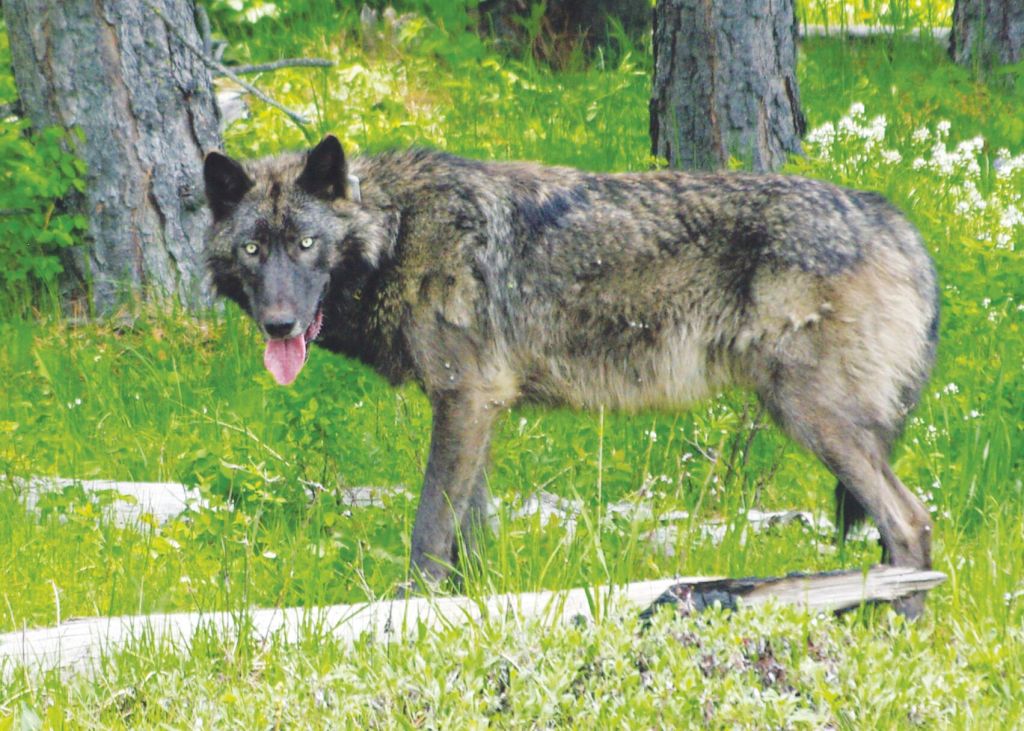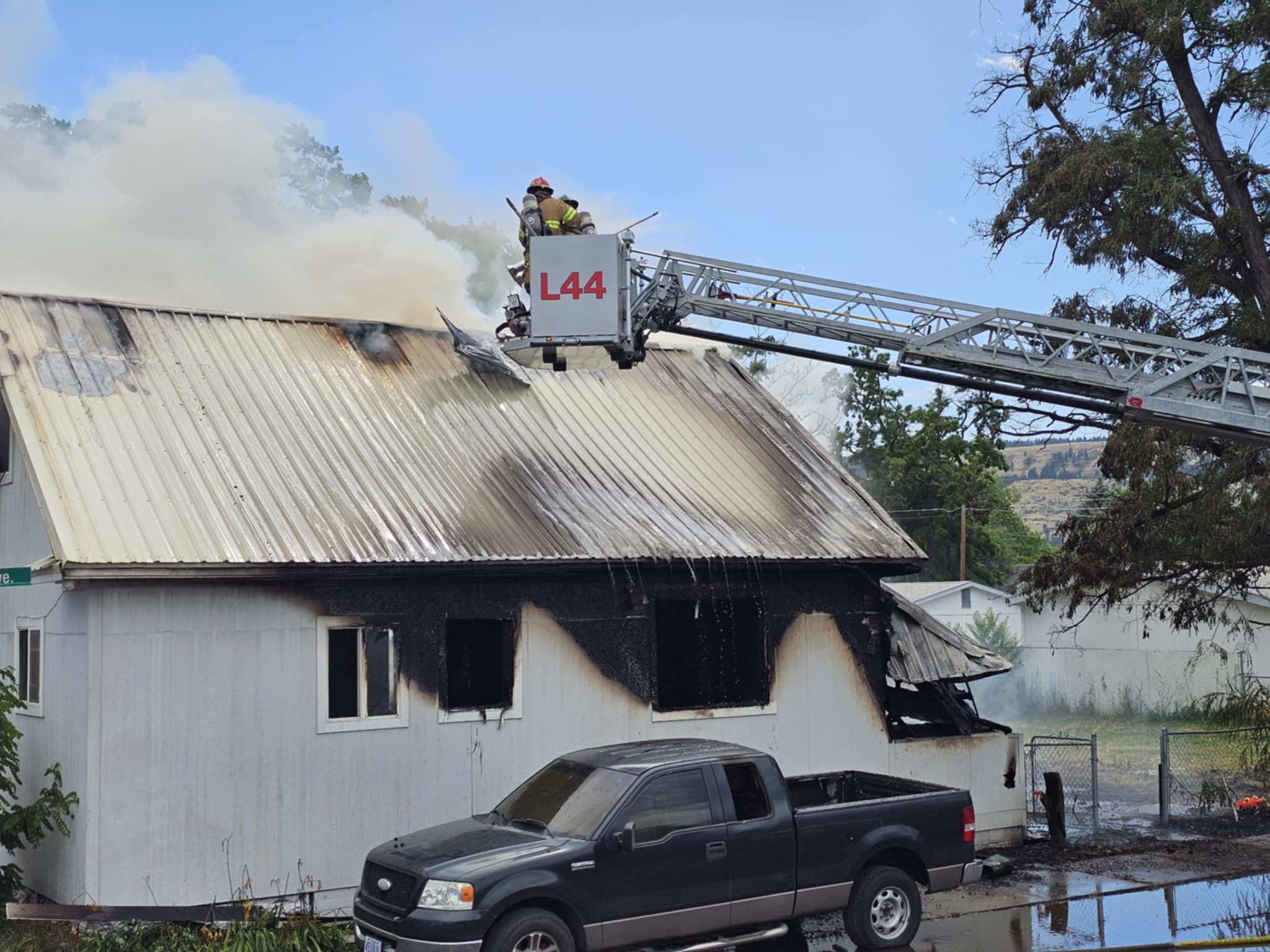Our view: Bentz’s effort to delist wolves is sensible
Published 3:00 pm Friday, April 5, 2024

- An adult male wolf photographed in the Mount Emily unit north of La Grande in 2014.
For many years, the difference in how wolves are managed in the eastern one-third of Oregon compared to the rest of the state was all but meaningless.
But that’s not the case now.
Which is why Congressman Cliff Bentz’s current effort to deal with the dichotomy is sensible.
Bentz, the Republican from Ontario, had a public “listening session” on the topic of wolf management in Pendleton on Thursday, April 4. It followed a similar event the congressman hosted Feb. 22 in Prineville.
The division started in 2011, when the U.S. Fish and Wildlife Service removed wolves in the Northern Rocky Mountain region from the endangered species list. The decision included that part of Oregon east of Highways 395, 78 and 95. At the time, almost all of Oregon’s wolves lived in that region, which includes all of Baker, Wallowa and Union counties and parts of Umatilla and Grant counties.
Wolves west of those highways in Oregon remained — and still remain — under federal protection. The state, through its wolf management plan, is responsible for dealing with wolves east of that boundary, including wolves that attack livestock. But for wolves west of that boundary, the federal government has the authority to deal with wolf depredations.
The difference between the two strategies can be significant.
This is particularly so with wolves that attack livestock or working dogs.
Under the state plan, the Oregon Department of Fish and Wildlife can issue permits to ranchers to kill wolves that have repeatedly killed or injured livestock.
That option isn’t available for ranchers west of the boundary.
For several years this wasn’t an issue because there were few wolves, and no confirmed attacks on livestock, in that area.
But the situation has changed considerably.
Three of the five wolf attacks on livestock in 2024 happened west of the boundary — one each in Morrow, Grant and Wheeler counties.
There were more than 20 attacks confirmed in 2023 in that region, including several in Jackson and Klamath counties.
“The challenge is to have them, the wolf, delisted on both sides of the highway, delisted in Oregon at the federal level,” Bentz said during the event in Prineville.
Oregon’s approach is imperfect, to be sure.
Wolves have continued to kill and injure cattle and sheep east of the boundary even after the state issued permits and wolves were killed.
But as ranchers who live west of that boundary told Bentz in Prineville, the rising population of wolves in that region, as evidenced by the growing list of attacks on livestock, has put those ranchers in a more difficult position than their counterparts east of that arbitrary line.
Oregon’s experience has shown that a flexible strategy, which allows ranchers, or in some cases state employees, to kill wolves that repeatedly attack livestock, can reduce losses without threatening the wolf population.
That same strategy should be employed across the state.
It’s a compelling argument, and one that Bentz intends to make in Washington, D.C., later this year.









